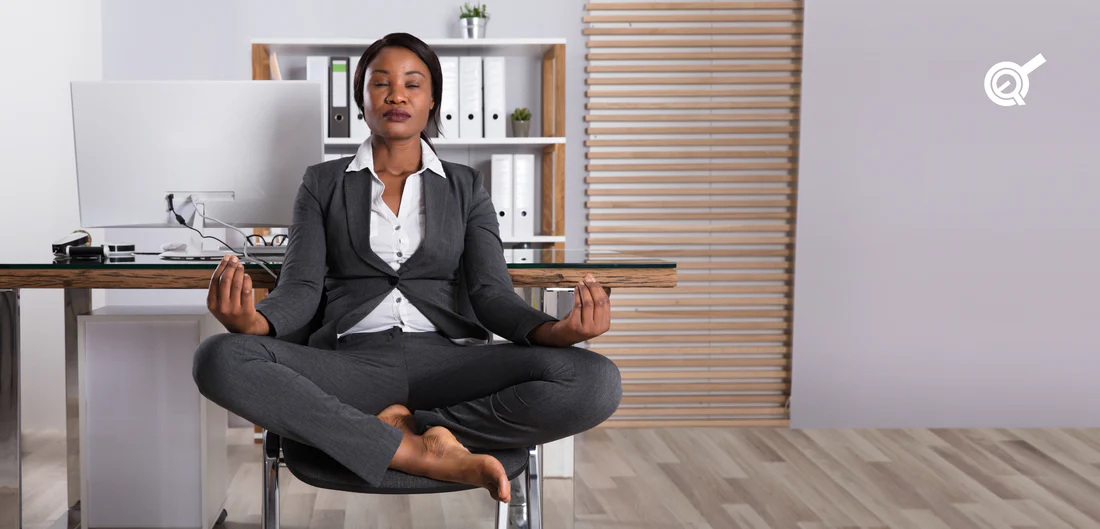Out of the craving to turn out to be great guardians and authorizing compelling child rearing procedures, it is nothing unexpected that child rearing books are probably the top rated books today. Numerous books on child rearing are created by famous experts who are specialists in the various territories of brain science.
Perusing a child rearing book can be useful particularly to unseasoned parents who are in the battle of rehearsing great parent methods that consider encouraging connections, regarding, and adoring your kid as a person. Be that as it may, parent perusers need to observe that creators themselves can have negating thoughts when powerful child rearing is concerned. In addition, when perusing a child rearing book, you have to comprehend that discourses ought to apply to your own dealings with your youngster. All things considered, it ought to talk about or counsel what applies in your circumstance.
It is simpler to recognize whether your infant is behind or propelled his/her formative achievements, in a similar way that it’s simpler to adapt to certain postponements. Interestingly, child rearing is increasingly mind boggling as a kid becomes more seasoned, in which guardians need to figure out how to regard contrasts, give unqualified love despite these, just as show positive responsiveness as on account of helping youngsters adapt to partition, separate, and so forth. This is the way a child rearing book can assist guardians with adapting to kids.
There are a large number of books that examine powerful child rearing, despite the fact that for believability reasons, it’s smarter to adhere to a book wrote by a specialist. Basic mindedness is critical to perusing a child rearing book since it is conceivable that you may not concur with all that the writer said in his/her child rearing book.
Child rearing books
“Order That Works: 5 Simple Steps” is a child rearing book composed by Joyce Divinyi. Order is a wide subject that guardians need to learn themselves before applying it on their youngsters. Guardians need to put an outline line among order and control. In this book, the writer shows guardians how to approve outgoing kids and esteeming thoughtful youngsters.
“The Black Parenting Book: Caring for Our Children in the First Five Years” by Allison Abner, Anne C. Beal, and Linda Villarosa is a far reaching asset composed by three moms of African American drop, every one of whom have laid a strong ground recorded as a hard copy. This book gives counsel on childcare, and addresses significant issues like thinking about dark youngsters’ hair, and instilling respect out of dark skins.
A child rearing book need not have the brilliant language commonly found in smash hits. Rather, it ought to be instructive to the point of contacting what is happening, all things considered, child rearing.







